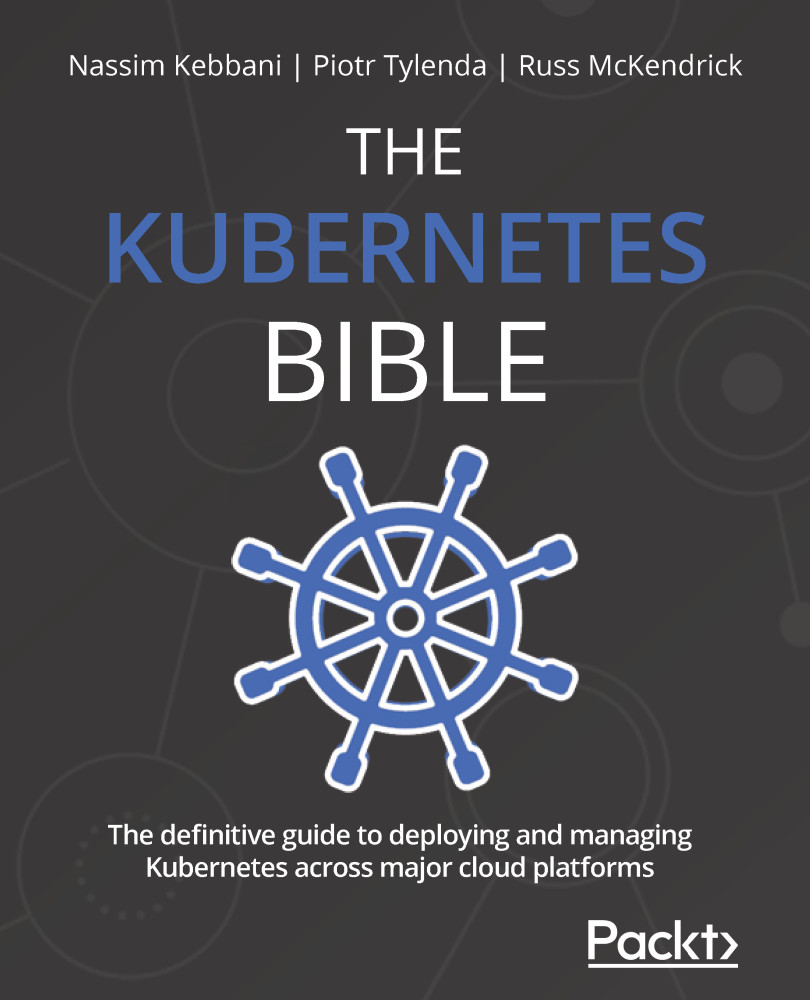Alternatives to DaemonSets
The reason for using DaemonSets is quite simple – you would like to have exactly one Pod with a particular function on each Node in the cluster. However, sometimes you should consider different approaches that may fit your needs better:
- In log-gathering scenarios, you need to evaluate if you want to design your log pipeline architecture based on DaemonSets or the sidecar container pattern. Both have their advantages and disadvantages, but in general, running sidecar containers may be easier to implement and be more robust, even though it may require more system resources.
- If you just want to run periodic tasks, and you do not need to do it on each Node in the cluster, a better solution can be using Kubernetes CronJobs. Again, it is important to know what the actual use case is and whether running a separate Pod on each Node is a must-have requirement.
- Operating system daemons (for example, provided by
systemdin Ubuntu) can be used...
































































